I threw a picnic in our garden the other day. We were busy with all…
Gargoyles and grotesques of Windsor Castle
Perhaps it is not unusual that a medieval church and also St George’s Chapel in Windsor are full of gargoyles. If however, we take a closer look at the walls of Windsor Castle, we realise that it is full of different figures and creatures. These are gargoyles and grotesques.
What gargoyles and grotesques and when were they put there?
Before answering these questions, we have to clarify the difference between gargoyles and grotesques. The two may look similar, but have different functions.
Gargoyles are waterspouts that are designed to throw rain water away from the outside of a building. The word gargoyle comes from the old French word „gargouille” which means throat. The term was first used to describe carved lions and spouts on ancient buildings and their delicate carving and finish started during the Gothic period. The term later was associated with grotesque creatures and human forms disgorging water from the parapets of medieval buildings.
When these figures are not constructed as a waterspout and only had an ornamental and artistic function, then we call them grotesques. The word grotesque derives from the word grotta (cave). Grotesques were originally buried Roman decorations that were discovered during the renaissance in subterranean ruins known as grotte. Grotesque also became an aesthetic term and was first used in the 15th century to describe a decorative style category of the Italian Renaissance.
Why were gargoyles and grotesques put on buildings?
Both gargoyles and grotesques can appear unnatural, ugly, distorted forms which can have the power to shock. The reason to create such creatures often originates in feeling isolated, anxiety and scared. Both decorative elements have been attributed with the power to ward off evil spirits, guarding buildings they occupy and protecting those inside. If you think about it, the shamans of Asia and North America and the monk-priests of Tibet and Korea all use demonic, grimacing masks in their rituals to keep the evil spirits away.
When were the gargoyles and grotesques of the St George’s Chapel built?
There have been gargoyles and grotesques at Windsor Castle since the reign of Edward III, however, mainly on St George’s Chapel than the castle itself. The Castle’s main gate was built in 1511 during the reign of Henry VIII but it is more likely that the walls of the castle displayed dead bodies to scare of people than gargoyles.
There are approximately 400 (!) grotesques and gargoyles on St George’s Chapel – an incredible number. You would find here all sorts: from human faces with goat horns to fish tailed dragons, from jesters to musicians – the latter due to the Chapel’s strong musical history.
The restoration of the grotesques and gargoyles of the Chapel started in the 19th century and had two phases: 1804-1806 and 1831-33 when a hundred new carvings were made. Between 1875 and 1885 another 200 new carvings were changed, however these became soon worn because the Victorians used a soft stone (Bath stone).
The next phase of the restoration took place in the 1920s when a much more durable stone (Clipsham, Rutland) was used.
The series of animals on top of the buttress is known as the King’s Beasts: unicorns, falcons, harts, bulls, swans, lions, dragons, panthers, greyhounds and antelopes and are associated with the Lancaster and York families. Some of the beasts appear to be holding flagpoles but these are in fact lightning conductors.
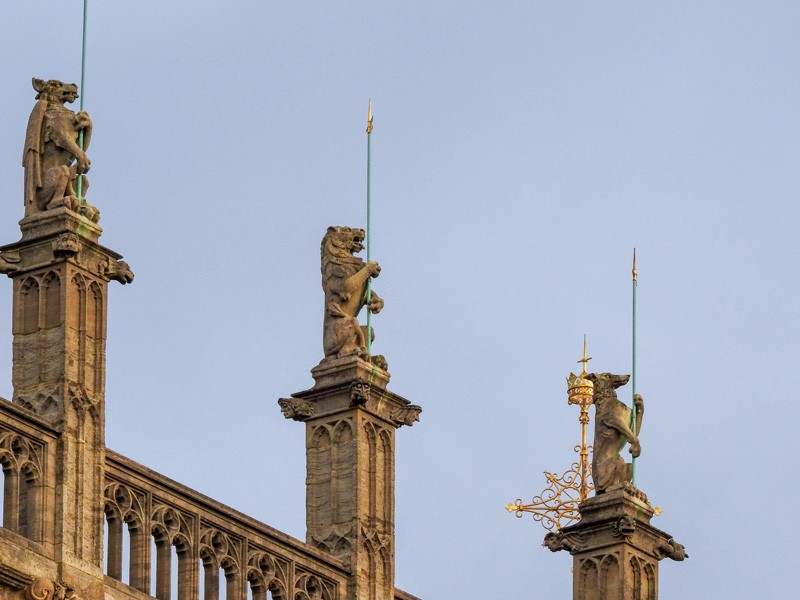
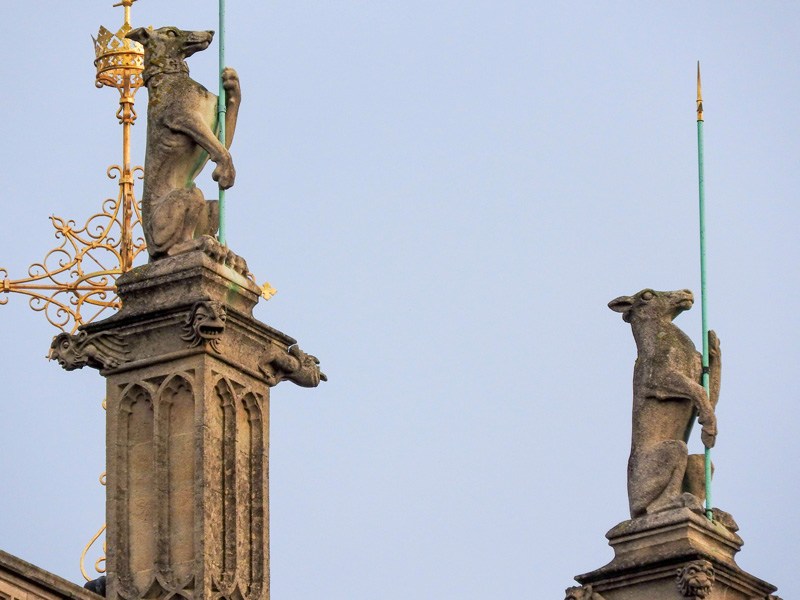
How about the grotesques and gargoyles of Windsor Castle?
The thing is, the gargoyles you can see today are not original, meaning they are not as old as they appear to be or you would think. Charles II removed them when he transformed the castle to his taste, but 150 years later, the megalomaniac and fashionable king George IV put them back. Bear in mind this was the age of the romanticism when people lived in a dream world and were longing for the past. Since they too have been restored and new carved and every craftsman adds a bit of his fantasy.
~
Fancy exploring Windsor Castle and its gargoyles and grotesques? Visit the Castle and now you can enjoy a coffee or a tea and a nibble in their new café that has recently opened!

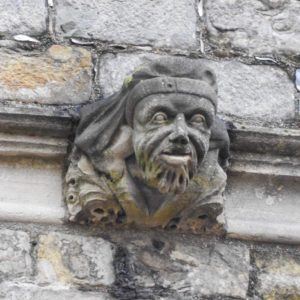
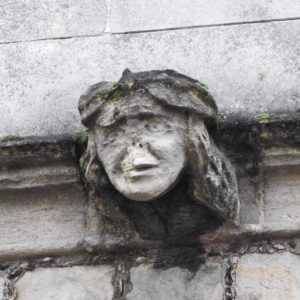

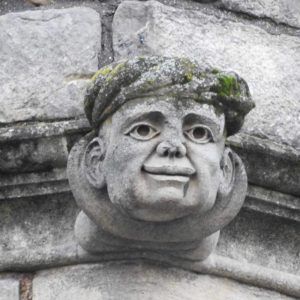
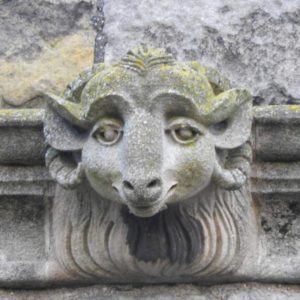
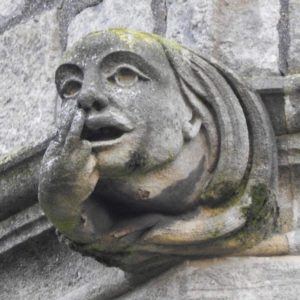
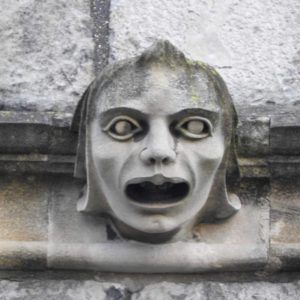
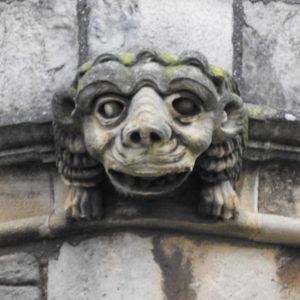
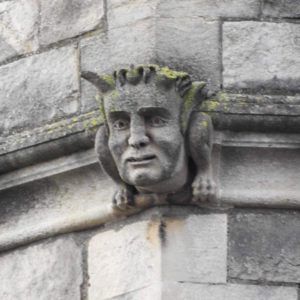
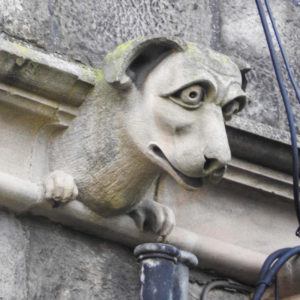
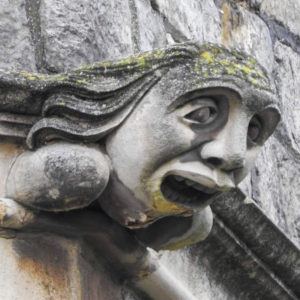
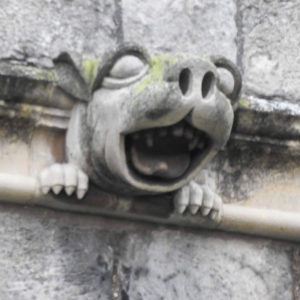
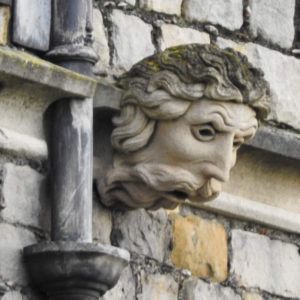
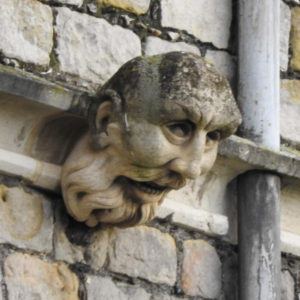
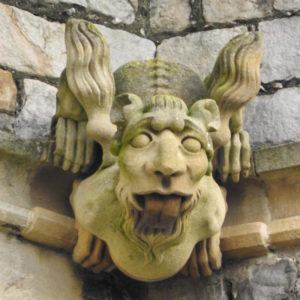
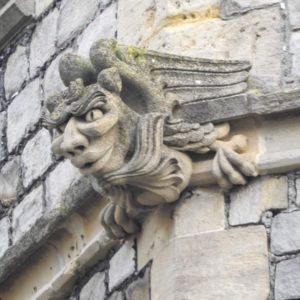
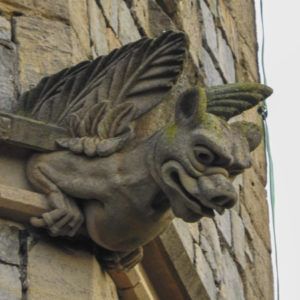
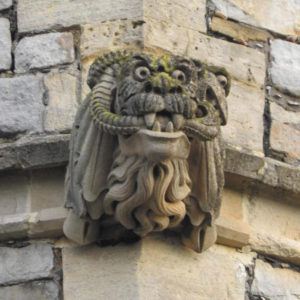
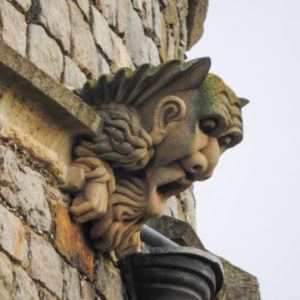
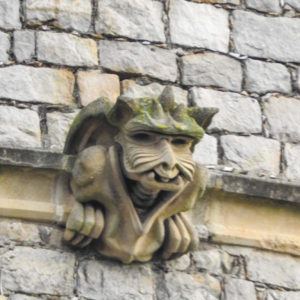



Comments (0)